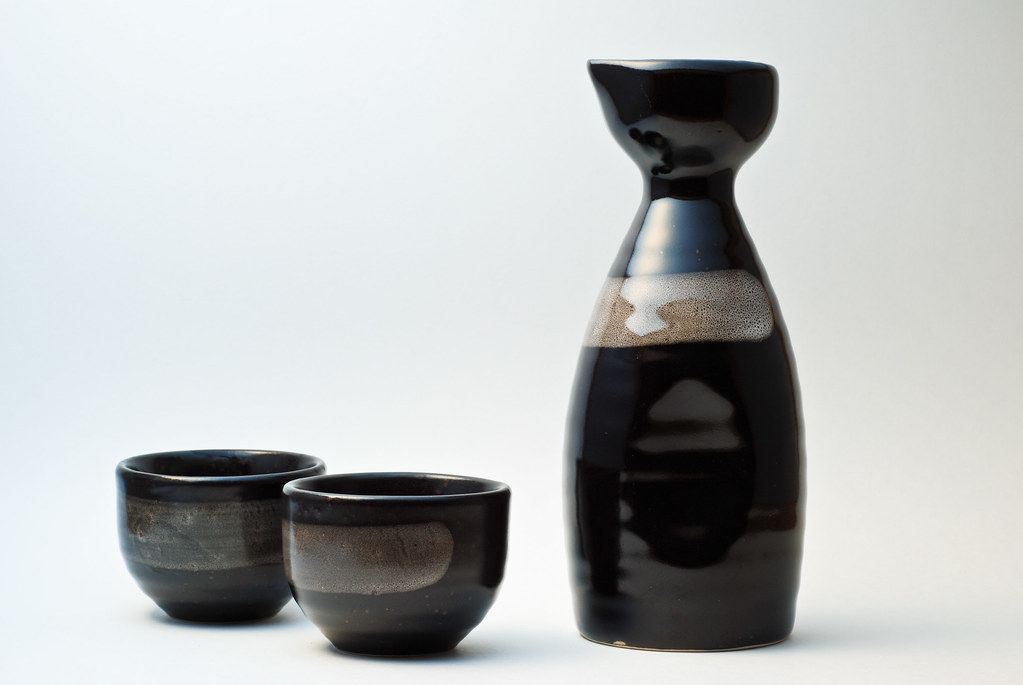Types of sake - Ginjo, Daiginjo, Junmai?
Cheers, everyone!
If you have ever visited Japanese restaurant or Izakaya, you would see the words Ginjo, Daiginjo, and Junmai. Those words are the classification of sake, and you can enjoy more about the world of sake if you know those words!
(Actually even Japanese cannot tell what those words stand for!lol)
- TYPES OF SAKE
- 1. JUNMAI
- 2. GINJO or DAIGINJO
- 3. HONJOZO
- 4. TOKUBETSU JUNMAI/ TOKUBETSU HONJOZO
- 5. FUTSUSHU
TYPES OF SAKE
Actually sake has lots of clasiffications based on ingredients, the percentage of rice polishing, and the way sake was pressed, how sake was stored, seasons, and more!!
So, we are gonna let you know the differences of them, and how to enjoy each type of sake!
1. JUNMAI
純米(Junmai) stands for “pure rice” in Japanese.
Sake is basically brewed using rice, yeast, koji (I will explain later), and water. Some put additional alcohol or other ingredeetns to enhance the flavor easily.
As the words literally means, Junmai-shu (Junmai sake) is made of only rice, yeast, koji, and water. In other words, Junmai can be equaled to "no additives."
*It's just about ingredients, so it doesn't mean non-Junmai sake tastes bad.
▶︎So, first of all, all the sake is categotized as Junmai or non-Junmai based on ingredients.
2. GINJO or DAIGINJO
Ginjo (吟醸) and Daiginjo (大吟醸) is the classification based on two perspectives;
Rice polishing & The way it brewed.
① Rice polishing
Basically, Ginjo uses rice polished to at least 60% (More than 40% of surface of rice should be polished off). Daiginjo uses rice polished to at least 50%.
② Ginjo-tsukuri (The way it brewed)
Plus, Ginjo and Daiginjo should be brewed by Ginjo-tsukuri ("tsukuri" means "to make" or "structure" in Japanese.) Ginjo-Tsukuri is one of the way to brew sake, which ferment sake at low temperture and takes longer time than normal way. Ginjo/Daiginjo has floral or fruity aroma such as melon, apple, banana, etc!
▶︎There are three categories of sake; Ginjo, Daiginjo, and none of them. This classification is popular and you can find them easily on the label.
▶︎Ginjo/Daiginjo are often combined with "Junmai" if it doens't put additives.
・Ginjo - Rice is polished to 60%, Ginjo-tsukuri, contain additives
・Daiginjo - Rice is polished to 50%, Ginjo-tsukuri, contain additives
・Junmai Ginjo - Rice is polished to 60%, Ginjo-tsukuri, non-additives (pure rice)
・Junmai Daiginjo - Rice is polished to 50%, Ginjo-tsukuri, non-additives (pure rice)
・Junmai-shu - Rice polished more than 60%, non Ginjo-tsukuri, non-additives
3. HONJOZO
Honjozo (本醸造) uses rice polished to at least 70%.
It contains a small amount of alcohol (= additives), so it's not Junmai.
4. TOKUBETSU JUNMAI/ TOKUBETSU HONJOZO
Both of Tokubetsu Junmai and Tokubetsu honjozo sake should use rice plosihed to at least 60%. But they don't need to follow Ginjo-tsukuri.
5. FUTSUSHU
Futsushu (普通種) is something not qualified those categories above.
Basically it contain additives more than Honzojo or rice is polished more than 70%.
*******
Some thinks Junmai Daiginjo is the highest in the rank, so the taste is the best.
But the world of sake is not easy as such.
Well experienced brewers know how to enrichc the taste of rice, water, and other ingredients. They change the way they brew sake depend on the situation which changes every year.
There are also chracteristics of taste for each sake, so I'll add some coments or write a new journal for this!
*******
Erm, maybe there are too many words for sake beginners.
But, don't worry! The most important first step is enjoying sake and the mariage with food :)
You will know what those words actually means when your tongue remember the taste!
Looking forward to seeing you again! Cheers!
About Us
Our blog provide basic information and seasonal news of sake in English.
We want people all over the world to enjoy the world of sake!
Contents we are gonna provide
- How sake was brewed
- Types of sake
- Tips to enjoy sake
- Japanese restaurant / Izakaya information (Japan and other countries!)
- Food menu for sake

If you have question or opinion, please feel free to leave your comment below our journal :)
If our English was wierd, please let us know.
Thank you for visiting our page!
